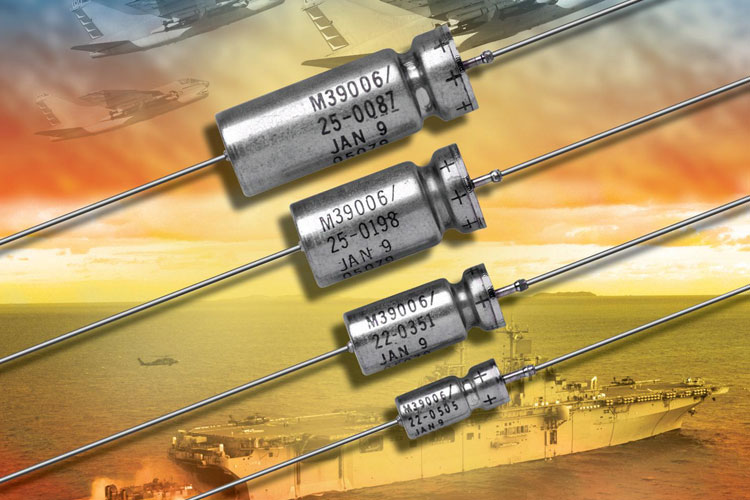Tantalum is a shiny, silvery metal which is soft when is pure. It is almost immune to chemical attack at temperatures below 150 C. Tantalum is virtually resistant to corrosion due to an oxide film on its surface.
Tantalum finds use in four areas: high-temperature applications, such as aircraft engines; electrical devices, such as capacitors; sirurgical impants and handling corrosive chemicals. It is rarely used as an alloying agent because it tends to make metals brittle. Tantalum resist corrosion and is almost impervious to chemical attack, for this reason it has been employed in chemical industry, e.g. for heat exchanger in boilers where strong acids are vaporized.
The chief tantalum ores are tantalite, which also contains iron, manganese and niobium, and samarskite, which contains seven metals. Another ore which contains tantalum and niobium is pyrochlore.
Tantalum ay be harmful by inhalation, ingestion or skin absorption. Causes eye & skin irritation. Material is irritating to mucous membranes & upper respiratory tract.
Tantalum Dust is Combustible and is an Explosion Hazard:
When most people think of controlling dust in the workplace, they think of taking steps to avoid inhaling dusts to prevent health problems. However, the accumulation of combustible dusts in the workplace can lead to far greater consequences. As seen in recent years, neglect of housekeeping and improper handling of combustible dusts can lead to property damage, injuries and loss of life.
Tantalum, as powder, is to be shipped and stored in airtight containers. In industrial use, dry tantalum powder or granules may spontaneously ignite on contact with air, and must not be around open flames, sparks, or smoking. If combustion occurs in a confined space, it may turn into detonation. Fires involving tantalum must be put out with dry sand. Carbon dioxide, foam or water extinguishers are not to be used.
The National Fire Protection Association (NFPA) defines a combustible dust as “a combustible particulate solid that presents a fire or deflagration hazard when suspended in air or some other oxidizing medium over a range of concentrations, regardless of particle size or shape.” In general, combustible particulates having an effective diameter of 420 μm or smaller, as determined by passing through a U.S. No. 40 Standard Sieve, are generally considered to be combustible dusts. However, agglomerates of combustible materials that have lengths that are large compared to their diameter (and will not usually pass through a 420 μm sieve) can still pose a deflagration hazard. Therefore, any particle that has a surface area to volume ratio greater than that of a 420 μm diameter sphere should also be considered a combustible dust. The vast majority of natural and synthetic organic materials, as well as some metals, can form combustible dust. The NFPA’s Industrial Fire Hazards Handbook states, “any industrial process that reduces a combustible material and some normally non-combustible materials to a finely divided state presents a potential for a serious fire or explosion.”
Suggested Industrial Vacuums for Recovery of Toxic & Combustible Dust
PrestiVac HEPAPlus* Vacuums are specifically designed to safely vacuum toxic dusts. Equipped with a Certified Absolute HEPAPlus*filter with an efficiency of 99.995% on 0.2 micron so there is no risk of exposure or contamination for the operator or the environment. These vacuums are tested for absolute filtration. Testing Method: IEST RP-CC034.3. H14. MIL-STD 282 / A.S.T.M. - D2986-91. MPPS method EN 1822.
PrestiVac Explosion Proof/Dust Ignition Protected Vacuums are designed to safely vacuum explosive, flammable, combustible conductive* dusts. Our Explosion Proof/Dust Ignition Protected Vacuums are completely grounded and static dissipating because they are built entirely with non-sparking metals and do not have any painted components so there is no risk of fire or explosion from a spark or static build up. All the electrical components, including the motor and starter are totally enclosed so there is no source of ignition. Our explosion proof vacuum cleaners comply with NFPA 484 guidelines and are an effective tool for good housekeeping practise as per OSHA.
Which Industries are at Risk with Tantalum Dust?













